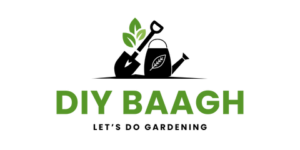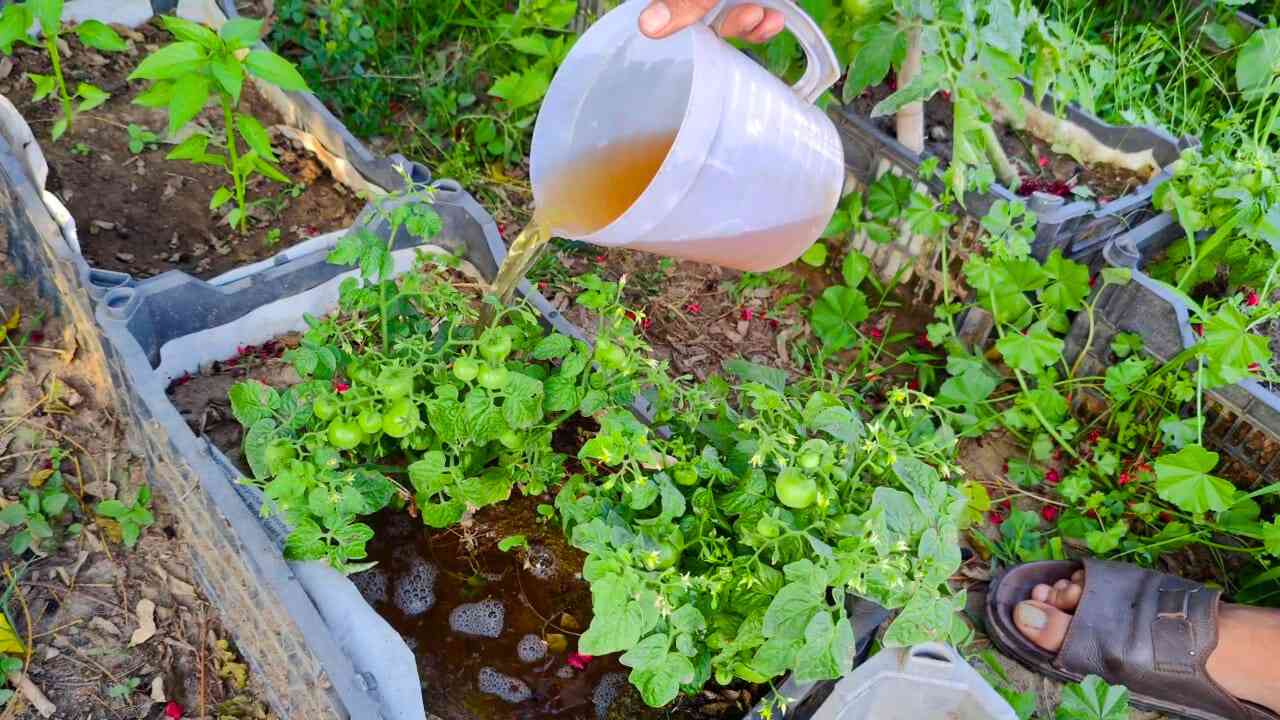Hello again, everybody! Should you be searching for a straightforward, natural, and environmentally friendly approach to feed your plants, you have arrived at the correct location. Using only two common home items—oatmeal and tea bags—I am thrilled to teach you today how to make a compelling, nutrient-rich fertilizer. Apart from providing your plants the nutrition they require to develop strong and healthy, this DIY plant booster is a fantastic method to recycle materials you could otherwise discard, thus minimizing household waste.
There are several advantages to this DIY fertilizer. First, it’s simple to make and doesn’t call for any particular equipment or complex processes. Using items you probably already have in your home, including oats and tea bags, you can easily produce a strong liquid fertilizer, giving your plants necessary nutrients. While tea bags provide nitrogen and tannic acid, which support rich, green growth and healthy soil, oatmeal, high in phosphorus, magnesium, and carbohydrates, helps with root development and soil structure.
What is the best part? Not only are you helping your plants by reusing tea bags—whether they are expired or just used—and oatmeal that may otherwise be thrown away, but you are also helping to create a more sustainable kind of gardening. Instead of using pricey or environmentally damaging commercial fertilizers, you are using natural, easily accessible materials to help your plants flourish.
Whether you have a few potted plants or an entire vegetable garden, this straightforward, affordable fertilizer is a fantastic choice for gardeners of all levels. Let us thus go in and see how to create this organic plant booster. Your plants will appreciate it!
Ingredients Required
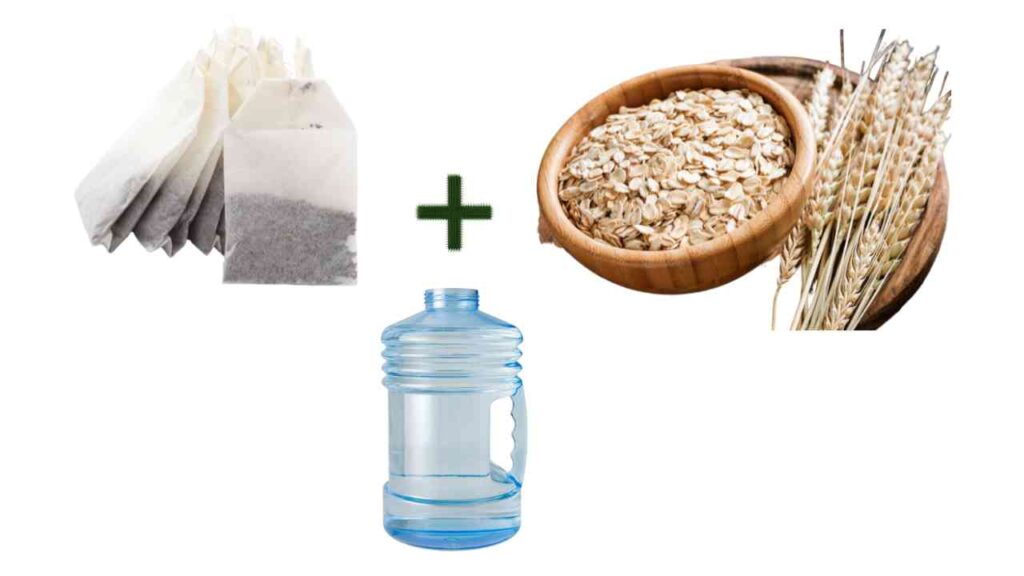
Creating this organic liquid fertilizer is basic and calls for no particular tools. You only need to be
One cup of oats
Five expired or old tea bags
Warm water
The oats are the foundation of the fertilizer; hence, they give your plants vital nutrients and organic matter. Whether used or expired, the tea bags provide an extra nutrient boost; thus, this combination is ideal for nourishing your plants.
Method in Steps
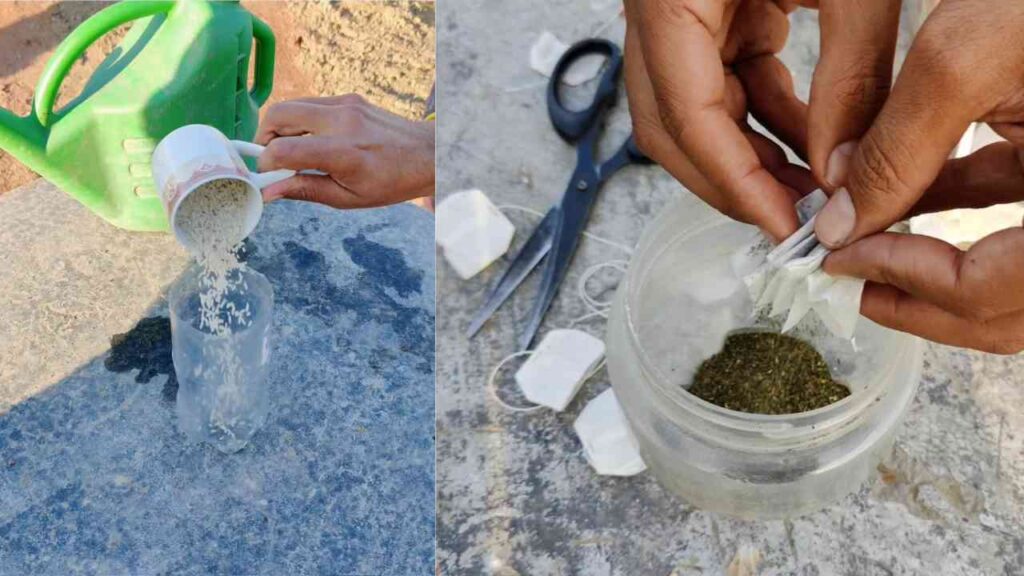
1. Get the container ready.
Begin with a container big enough to hold the combination. A large jar or simple bucket will be ideal for this. Selecting a container that can comfortably handle the water and other components is crucial.
2. Add Oats and Tea Bags
Then, into the container, put 1 cup of oats. Rich in carbs and necessary nutrients, oats may give your plants slow, consistent nutrition. Then, put five tea bags in the container. Whichever you have on hand, you may use either used or expired tea bags.
3. Include lukewarm water
Pour lukewarm water over the tea bags and oats now. Warm but not hot water is ideal since hot water could harm the nutrients you are attempting to extract. Stir the mixture thoroughly to guarantee even distribution of all components. The water will start to take up the nutrients from the tea bags and the grains.
4. Let the Mixture Sit
Allow the container to sit for 48 hours. The water will steep and gather all the nutrients from the oats and tea bags during this period. Though in this case you’re drawing all the beneficial nutrients for your plants, this steeping technique resembles brewing tea.
5. Strain the Liquid
Strain the liquid to get rid of any solid bits of oatmeal and tea leaves after 48 hours. You will have a nutrient-rich liquid ready to use as a fertilizer for your plants.
6. Before Use, Dilute
It is essential to dilute the mixture with more water before using it on your plants. The liquid might be somewhat concentrated; diluting it guarantees that your plants get the correct quantity of nutrients without stressing them. Mixing one part of the tea with roughly three to five parts of water produces a pleasing ratio.
Why This DIY Fertilizer Works So Well
Advantages of Oatmeal
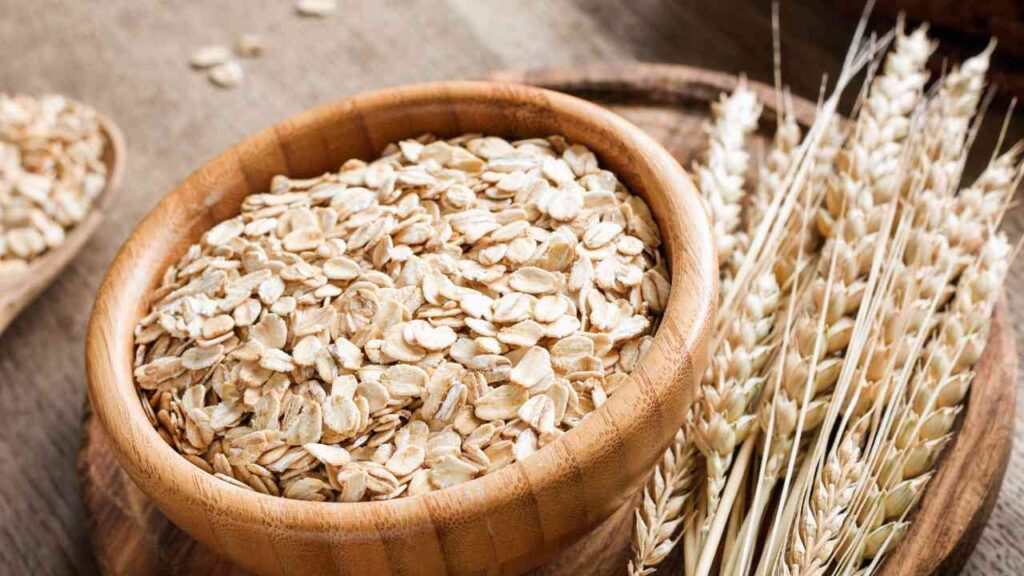
Often ignored, oatmeal is a nutrient-rich component good for plants. First and foremost, oatmeal is high in carbs. These carbohydrates decompose gradually in the soil, so they offer a consistent energy source for your plants. Oatmeal also includes magnesium, which is essential for photosynthesis, and phosphorus, which is rather important for root growth. Decomposing oatmeal also enhances the soil with organic matter, hence enhancing its structure, supporting moisture retention, and enabling plant roots to breathe more easily.
Nutritional Advantages of Tea
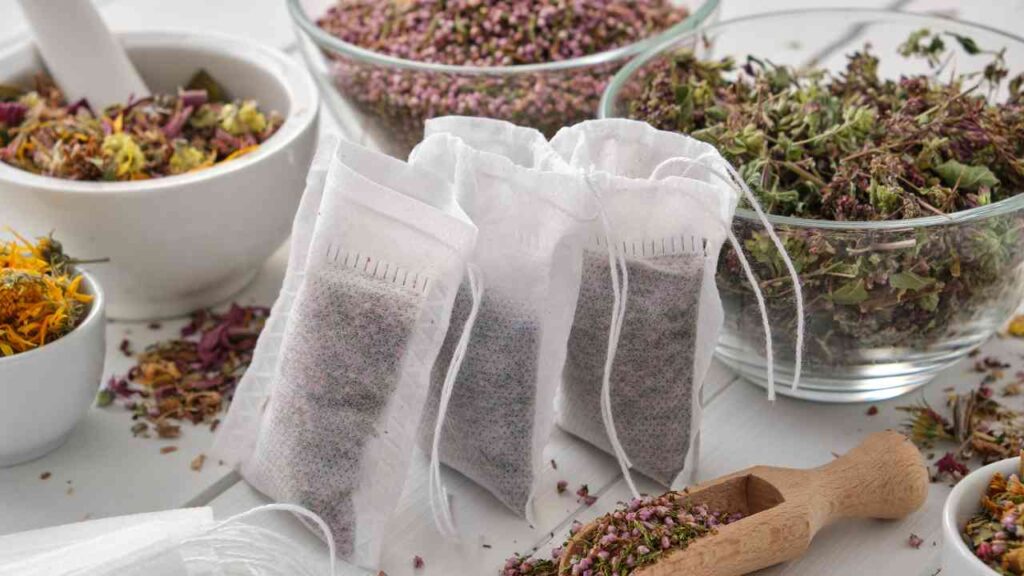
Whether used or expired, tea bags include tannic acid that might marginally lower the pH of the soil, thereby acidifying it. This feature is particularly good for acid-loving plants like tomatoes, roses, and blueberries. Tea also has nitrogen, a critical component encouraging strong plant growth. Chlorophyll contains nitrogen as a necessary component, which gives plants their green color and allows them to turn sunlight into energy. Adding tea to your fertilizer gives your plants a natural surge of nitrogen, which might enable them to develop robustly and richly.
A Balanced Fertilizer

You produce a balanced fertilizer by mixing oats with tea bags, which offers both quick and long-term advantages. While the nitrogen and tannic acid from the tea improve general plant vigor, the carbohydrates and phosphorus from the oats help root growth and soil health. This mix guarantees a wide range of plants get the nutrients they need to flourish.
Conclusion
Making your own organic fertilizer using oatmeal and tea bags is a quick, easy, and green approach to improve the health of your plants. From vegetables to flowers, this DIY fertilizer is nutrient-rich and perfect for encouraging robust growth in many different kinds of plants. Moreover, it’s a fantastic approach to recycle common household goods that could otherwise be thrown away.
Thanks for reading! Should you find this site useful and need more gardening advice, remember to like, subscribe, and read our other articles. Enjoy your gardening!
